It’s INTERNATIONAL JOKE DAY!

It’s International Joke Day! Really, it is! Would I lie to you? So who better to celebrate such a festive occasion with than the Clown Prince of Crime?
And why these 13 COVERS? Why not!
—
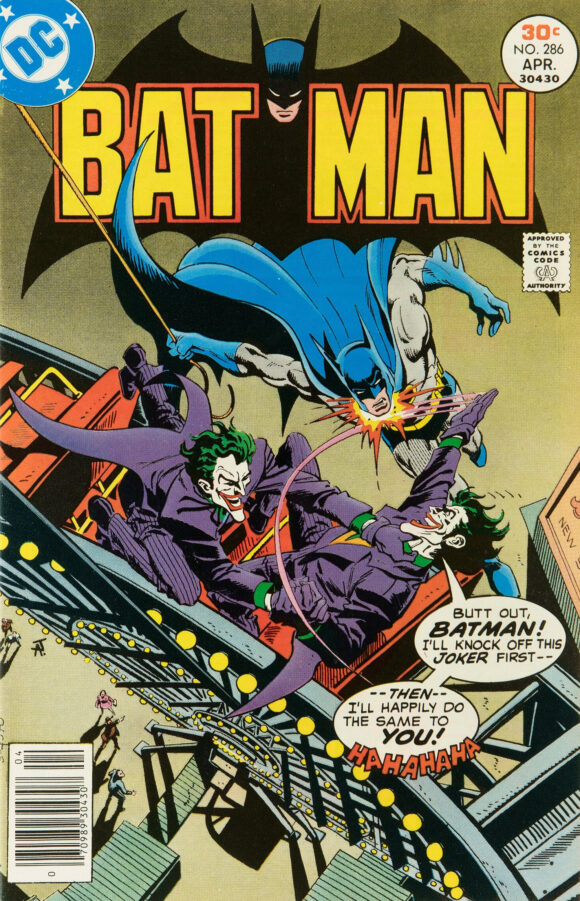
Jim Aparo
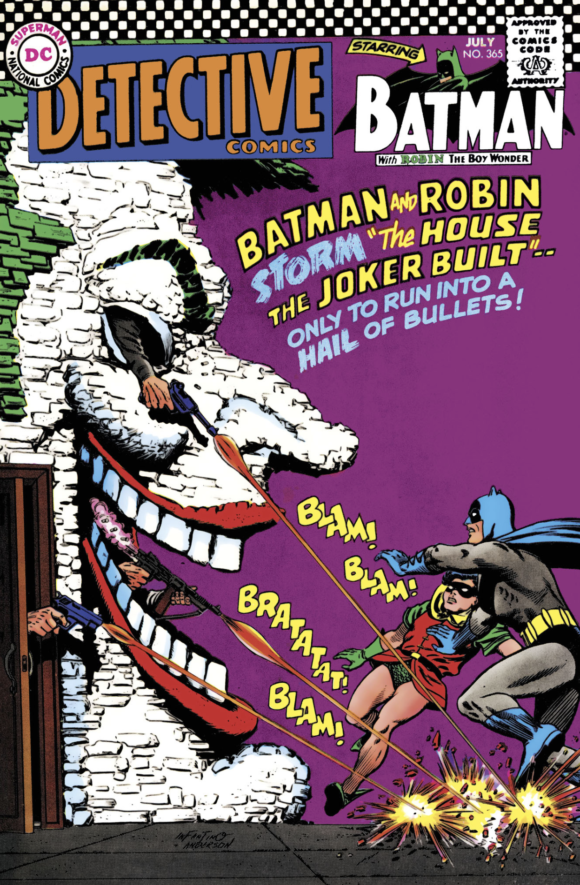
Carmine Infantino pencils, Murphy Anderson inks
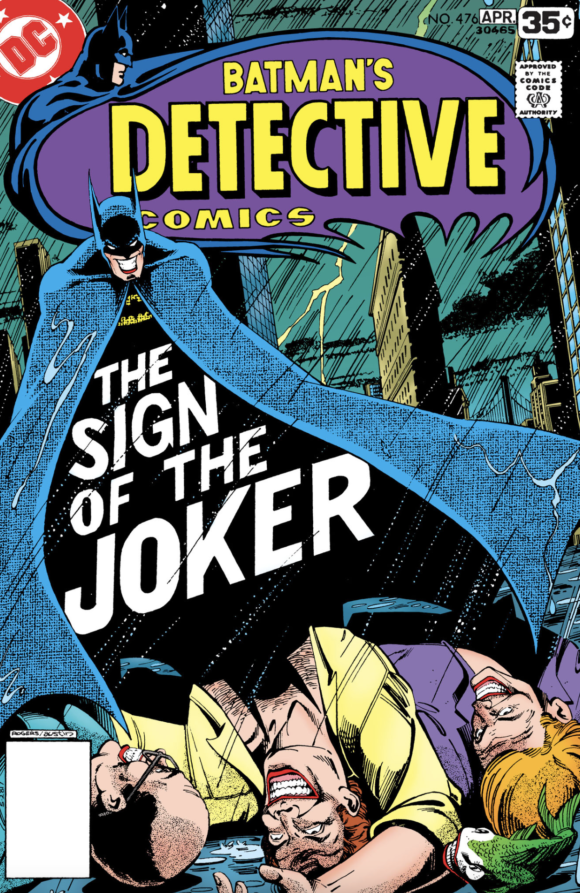
Marshall Rogers pencils, Terry Austin inks
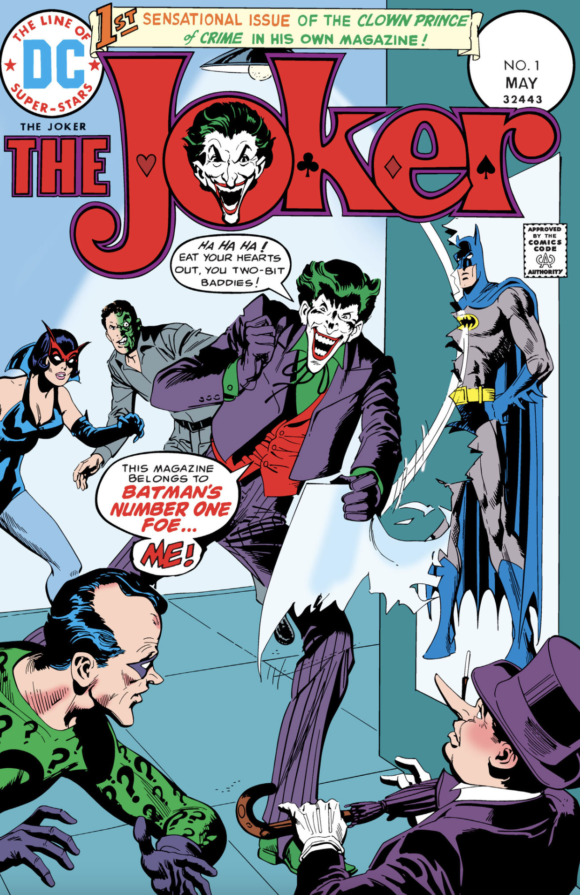
Dick Giordano
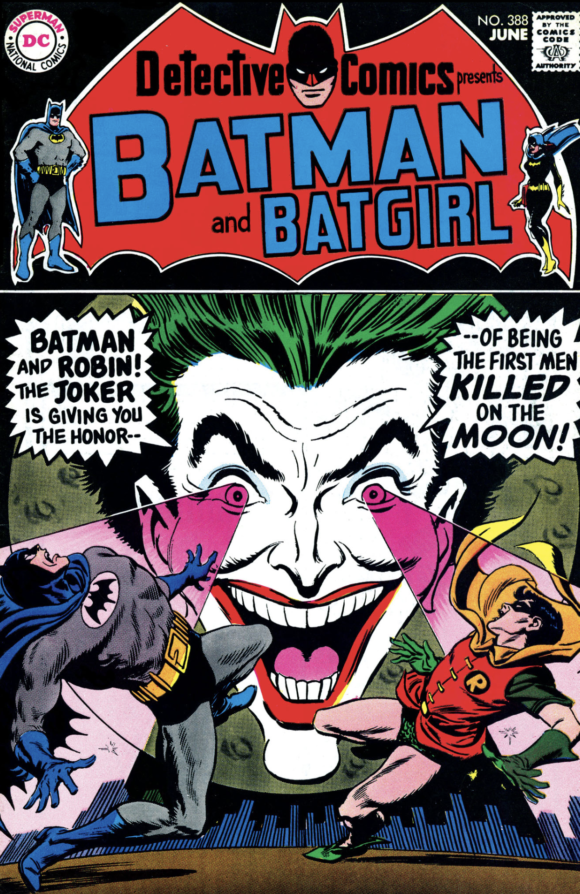
Irv Novick
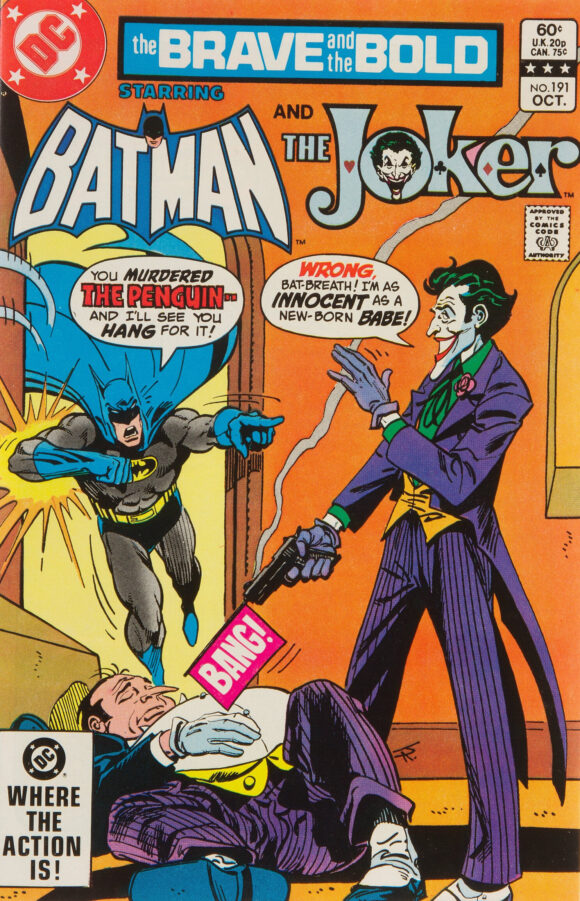
Aparo
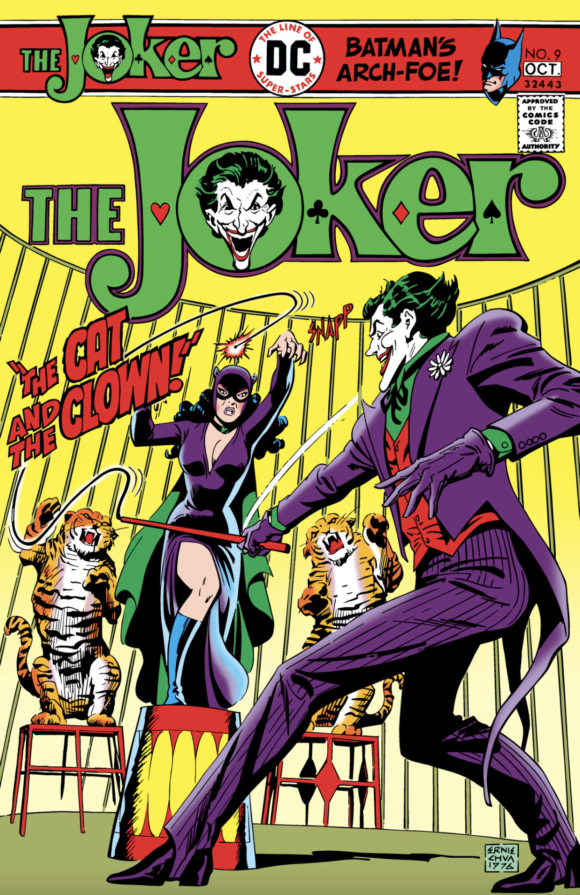
Ernie Chan
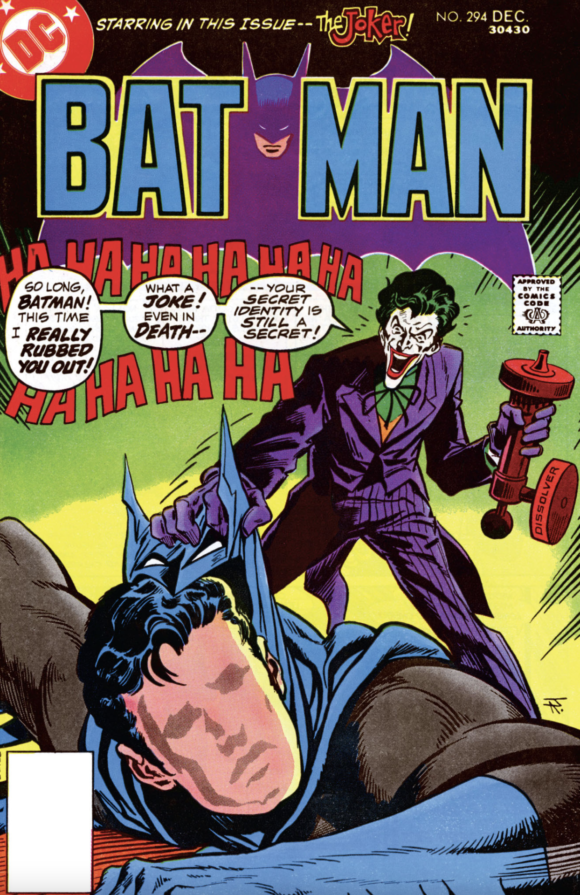
Aparo
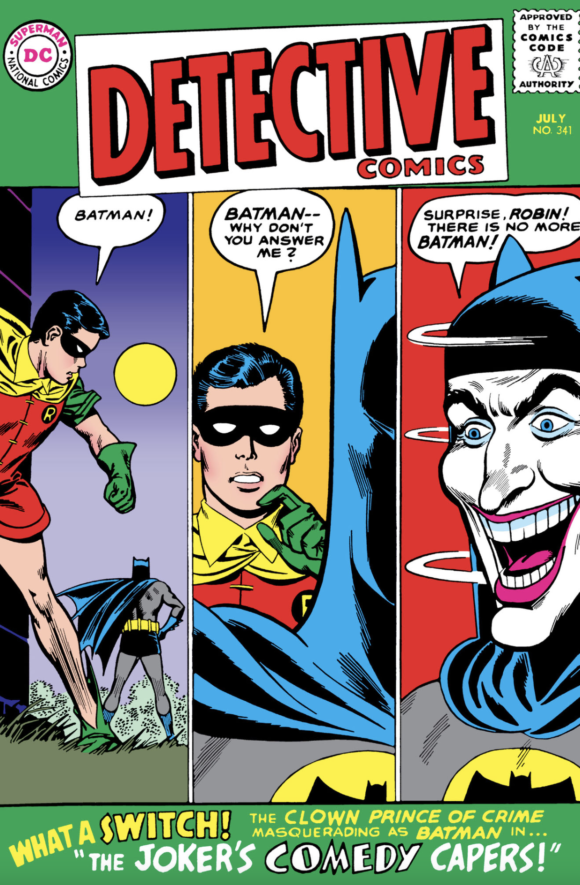
Infantino pencils, Joe Giella inks
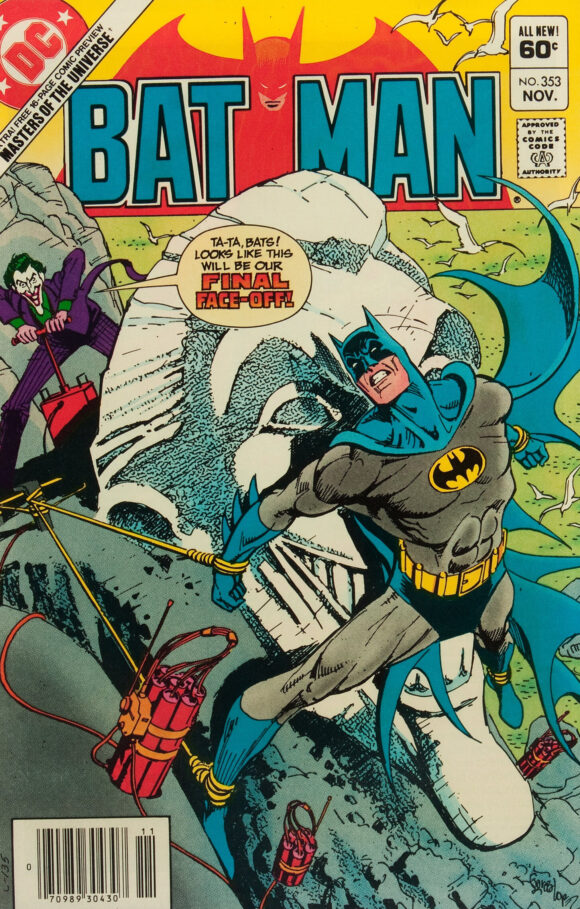
Jose Luis Garcia-Lopez
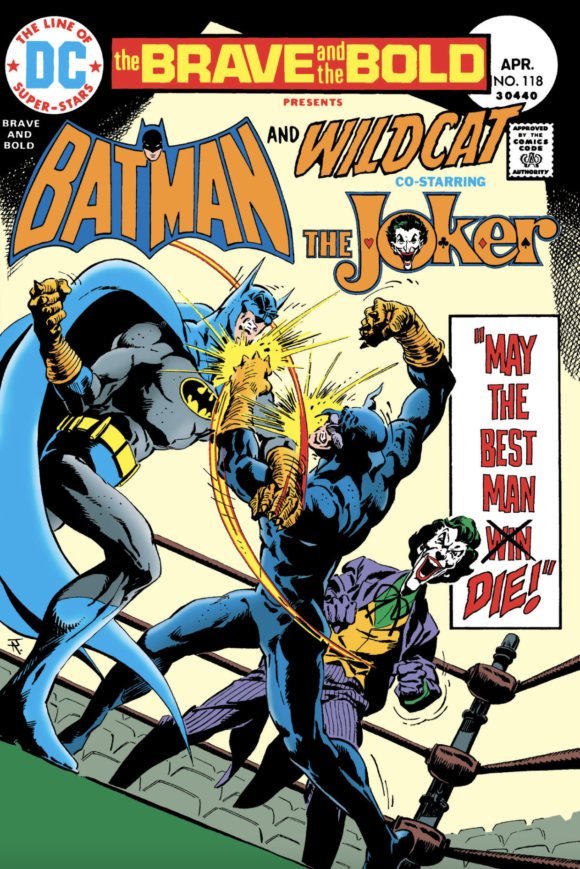
Aparo
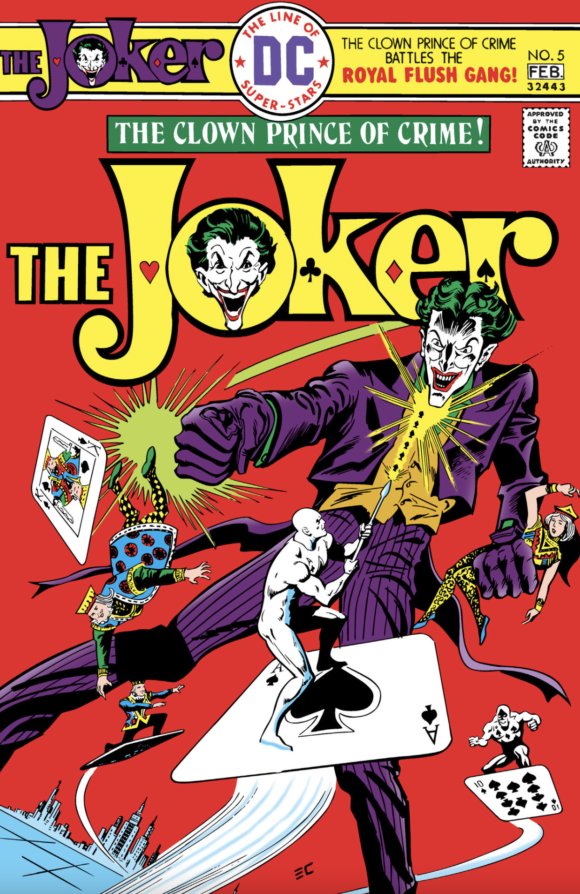
Chan
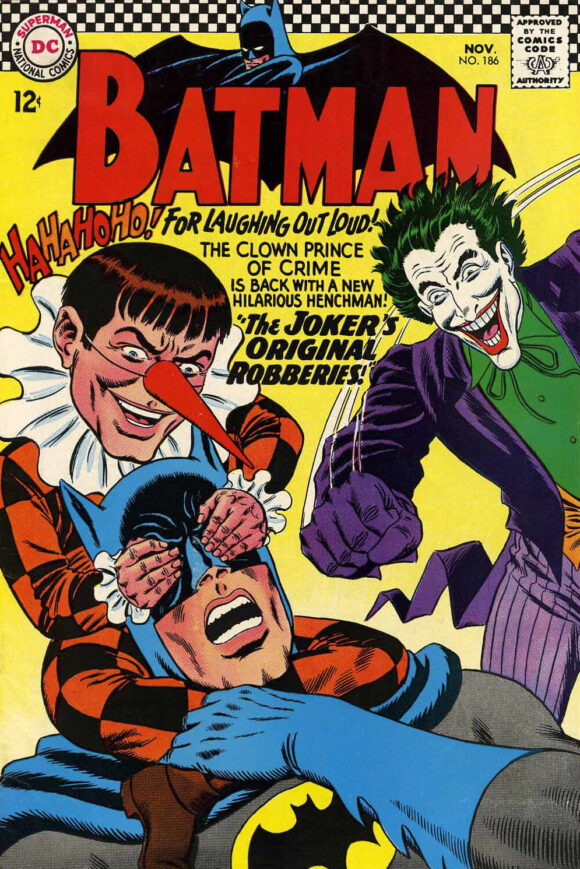
Anderson
—
MORE
— The TOP 13 JOKER COVERS EVER — RANKED. Click here.
— The TOP 13 GREATEST JOKER STORIES EVER – RANKED. Click here.

July 1, 2024
I remember the Joker having his own magazine back in the mid-1970s running–surprisingly–for only 9 (bi-monthly) issues (Apr. 1975 – Sept 1976), of which the last issue and its cover features here. I have the prior three, however, issues 6, 7 and 8. And while all three are entertaining stories, I’m disappointed that issue # 7 didn’t make this cut this time round* for its great cover and a great story.
The former features the Clown Prince of Crime as being hurled off a hi-rise building by none other than Superman’s greatest arch-foe, Lex Luther via a very dynamical linear perspective plunge of the Joker and the building. In the story, the Joker and Luther have their personalities swapped via a contraption invented by Luther originally intended to drain Hal Jordan (aka Green Lantern) of his willpower. So Luther is now the zany irrationalist and the Joker is the cerebral scientist who has to find a way (and does) to undo the personality changes. Always loved that issue.
*True enough Dan, there is just too much to choose from. But thanks for including the Aparo cover for Batman # 286–have that too. Happy International Joke Day to you!
July 1, 2024
Batman #286 is one of my all-time favorites!
July 1, 2024
Love all of these covers! But, I have a question. Why are a lot of covers reprinted in columns and articles, such as this, with the cover price erased?
July 1, 2024
I agree. I use the price as an indicator to place in some form of a chronological time period in my dust covered memory.
July 1, 2024
It depends on the source of the image. DC’s online library typically removes the prices for legal reasons. Marvel doesn’t see a need to do that. (I personally think it’s unnecessary to remove it.) Generally, I use the best image I can find and if the price is missing, so be it, so long as it’s not glaring.
July 1, 2024
#476—that grin on Batman’s face; scary as hell! I’ve seen most of these and I still have all the “Joker” comics I got in High School.(High School! Wow!) I remember one of the stories featured a version of Charles M. Schulz! And I’d forgotten Joker was a guest so many times in “Brave And Bold.”
July 2, 2024
That’s my first Brave and the Bold issue.
Which would kind of confuse me later on wondering if Wildcat was from Earth-1 or 2.
July 2, 2024
Hey Doug,
Ahhh . . . The Brave and the Bold and DC original multiverse continuity.
Welcome to the wonderfully implied world of Earth-B as brought to by two of those ‘B’s”: Bob and Boltinoff, aka Bob Haney and Murray Boltinoff (and there’s even a third: Bridwell, as in E. Nelson Bridwell). Never officially posited as an alternate dimension, but, first suggested by Bob Rozakis (another “B”!) via a letter column, this Earth resolved (?) the continuity discrepancies concerning Earth 1 and Earth 2 character interaction as if not from two separate dimensions as given to us by the three ‘B’s”. (I recall Boltinoff even dismissing the question in one of the B&B letter columns–a good story is what matters and not some over-arching continuity concerning people entirely fictional in the first place).
They probably had the correct idea here. As much as I love good continuity and a consistently shared universe of DC characters (of which I was much more literalist about in my youth), writers and artists are more fantasists and mythmakers first and historians or chroniclers second (or third, or fourth, etc.). And mythologies, like the ancient Greeks, for example, are rife with continuity problems, yet the ancient Greeks didn’t seem to mind.
Marv Wolfman’s attempt to clean up the DC multiverse in 1985 into something singularly consistent–while a superlative, magisterial epic–was always doomed to failure (as we can see just a few years after the Crisis–and the resulting Crises after that) since, in the end, it makes better artistic sense to prioritize a great (or clever or interesting or whatever . . . ) story over its rejection as it violates some self-imposed continuity stricture of a purely fictional world.